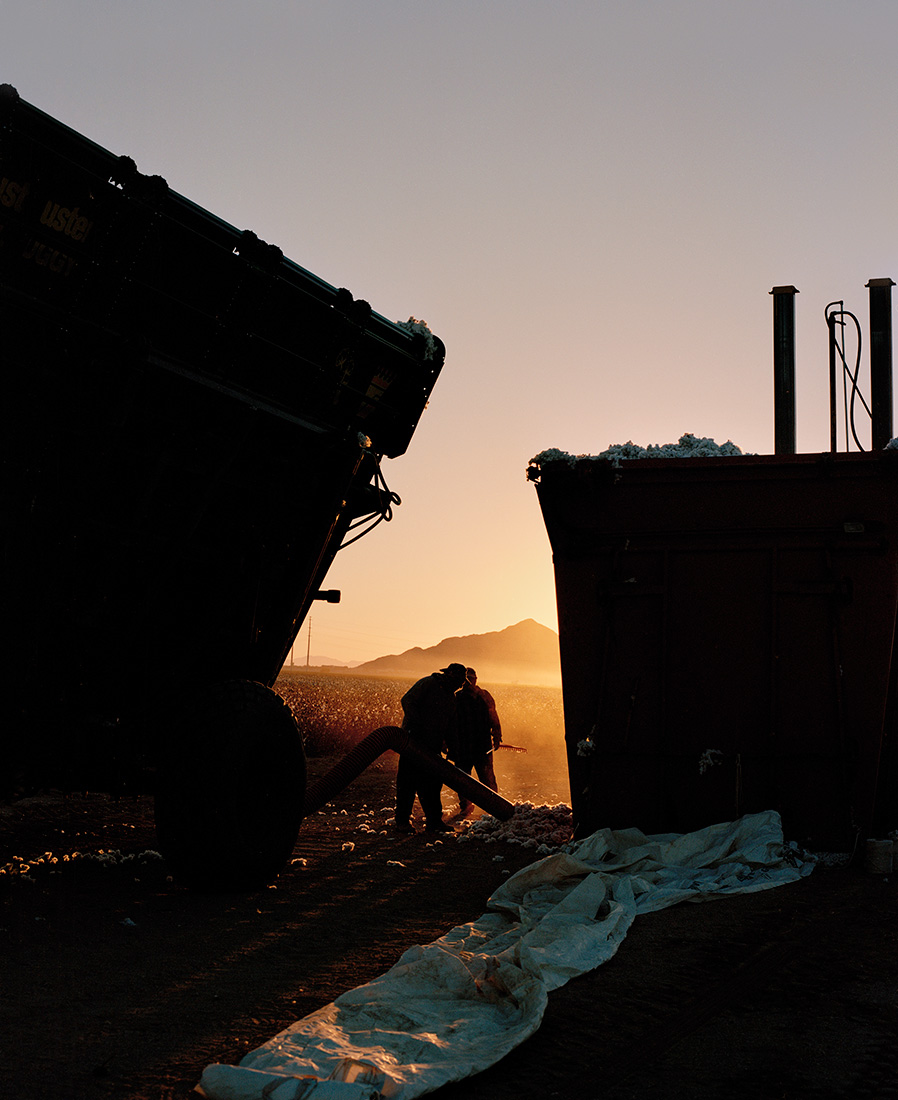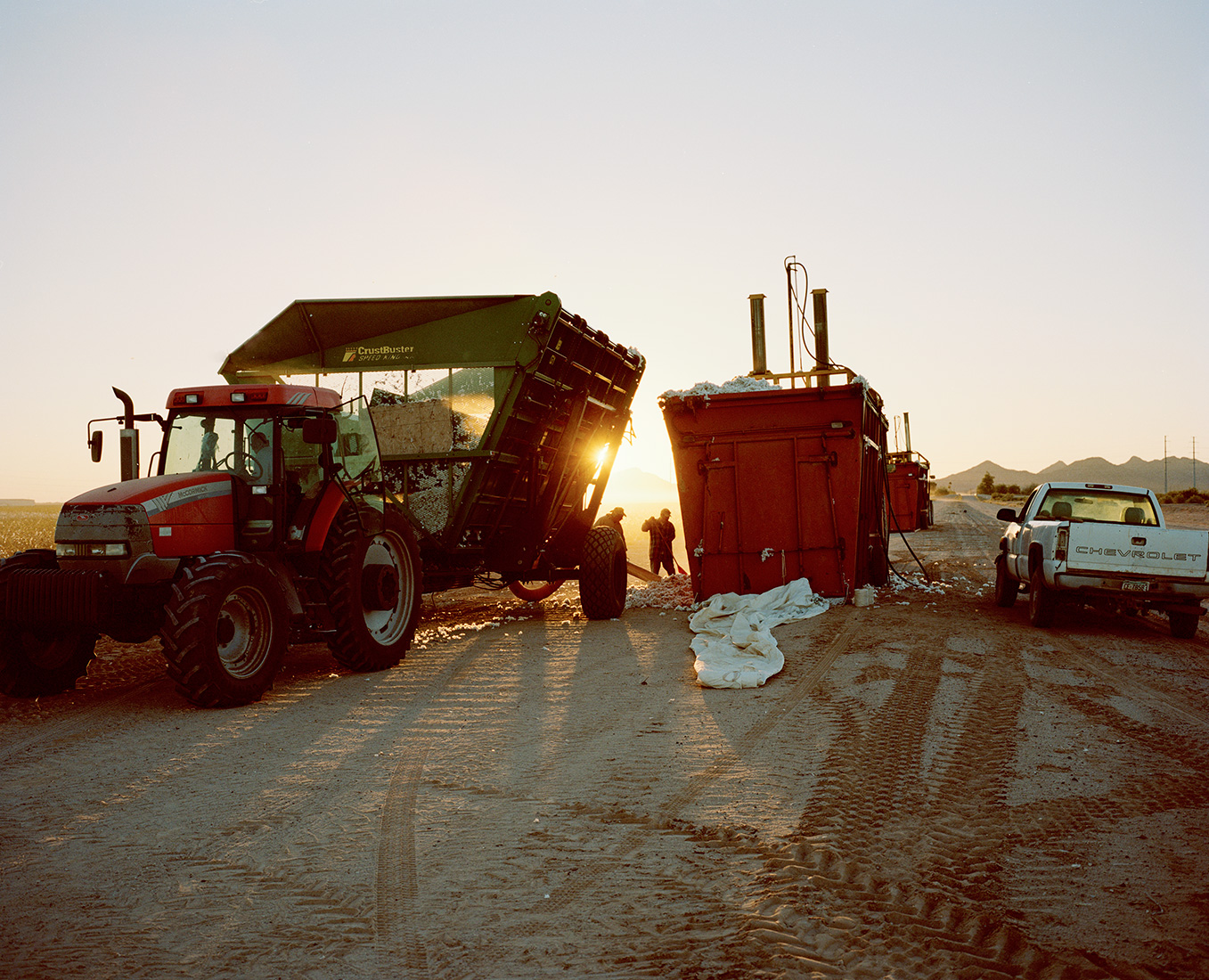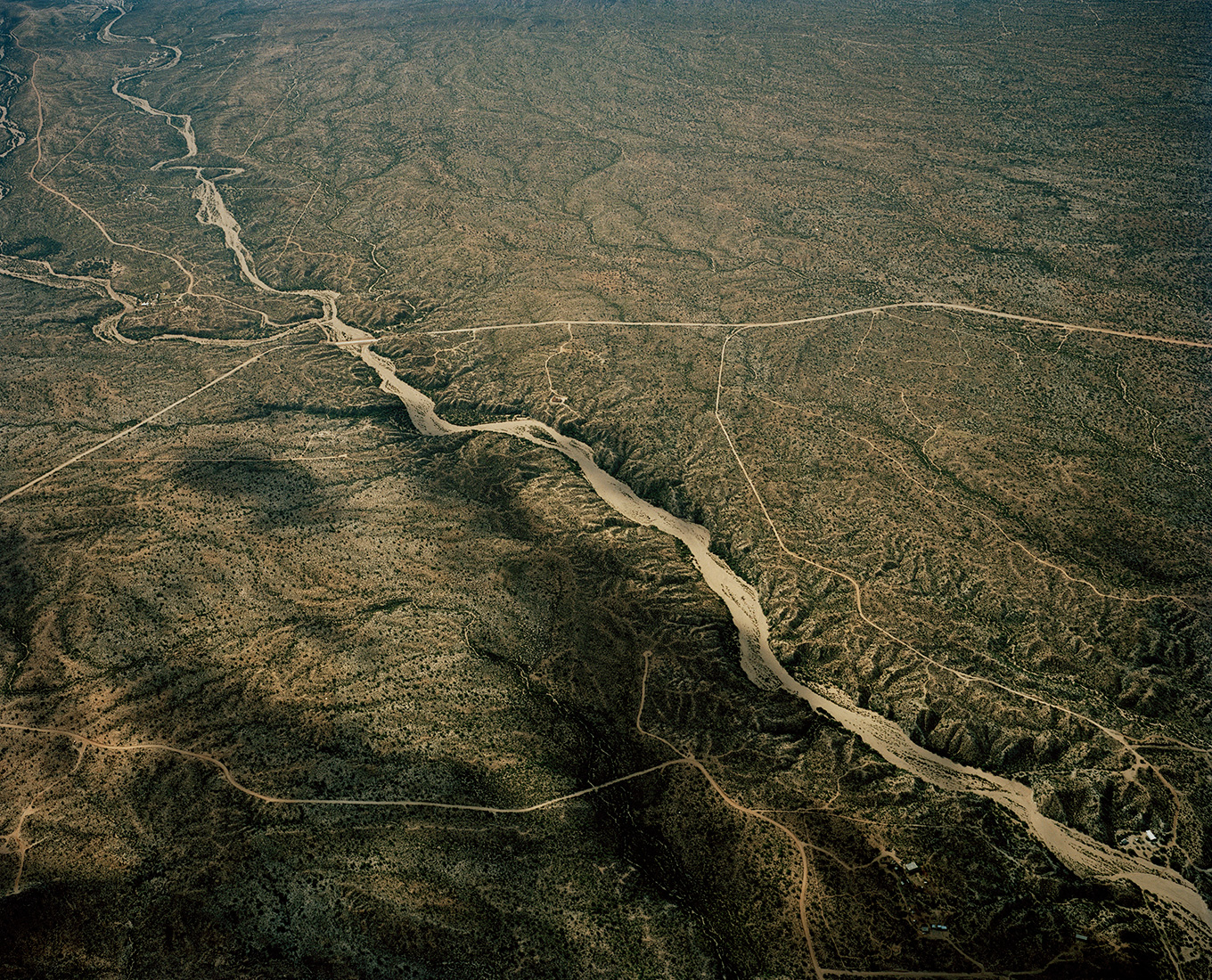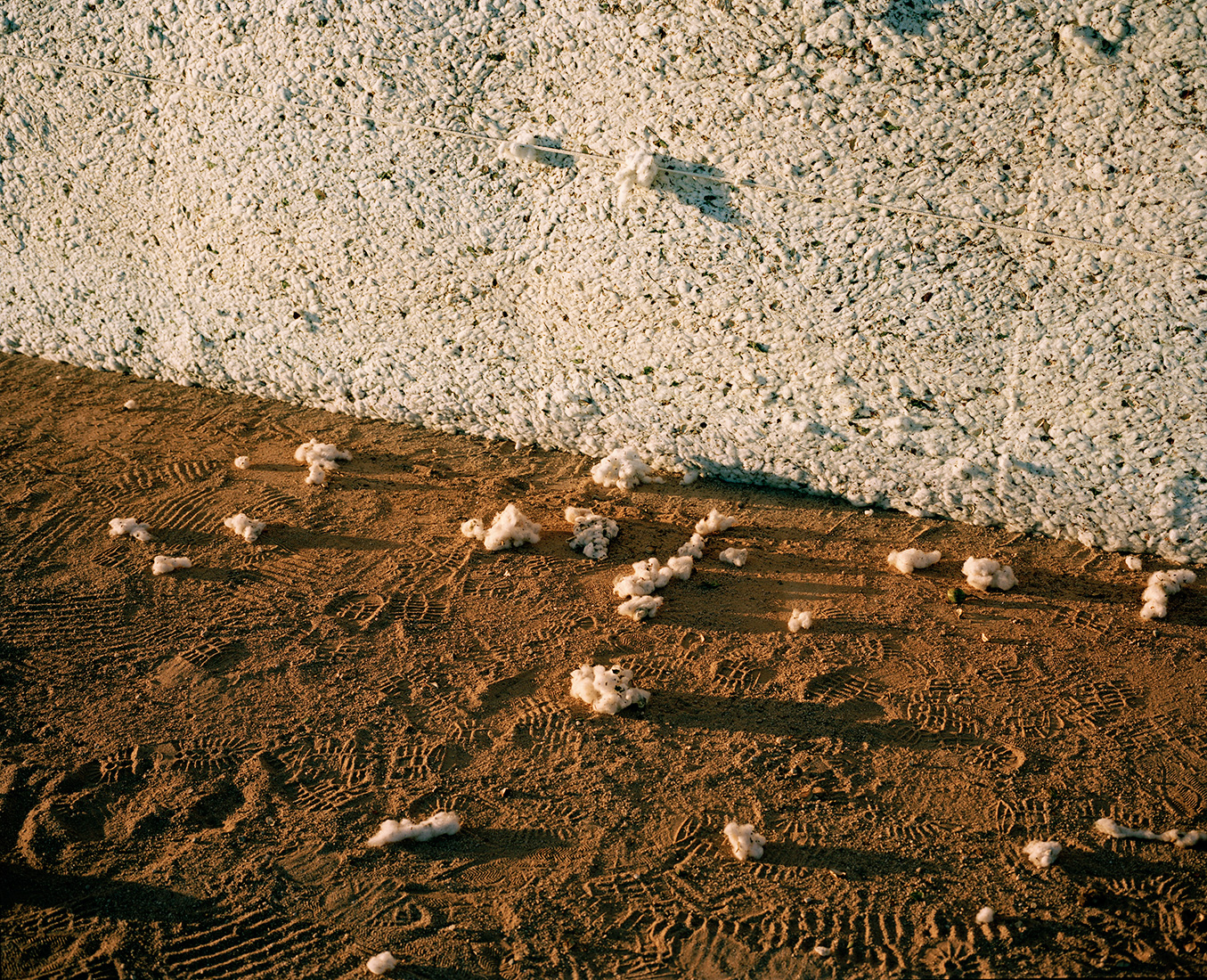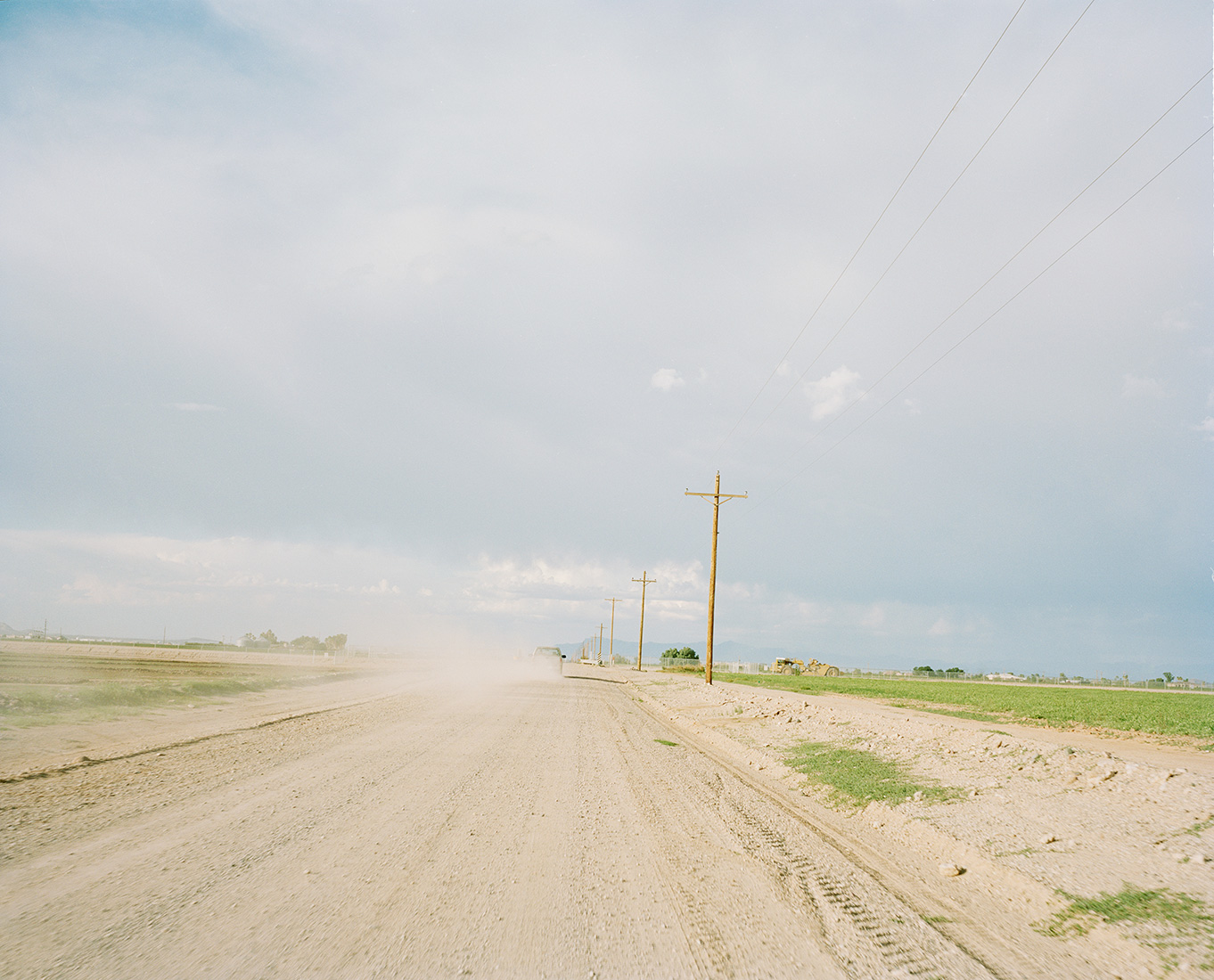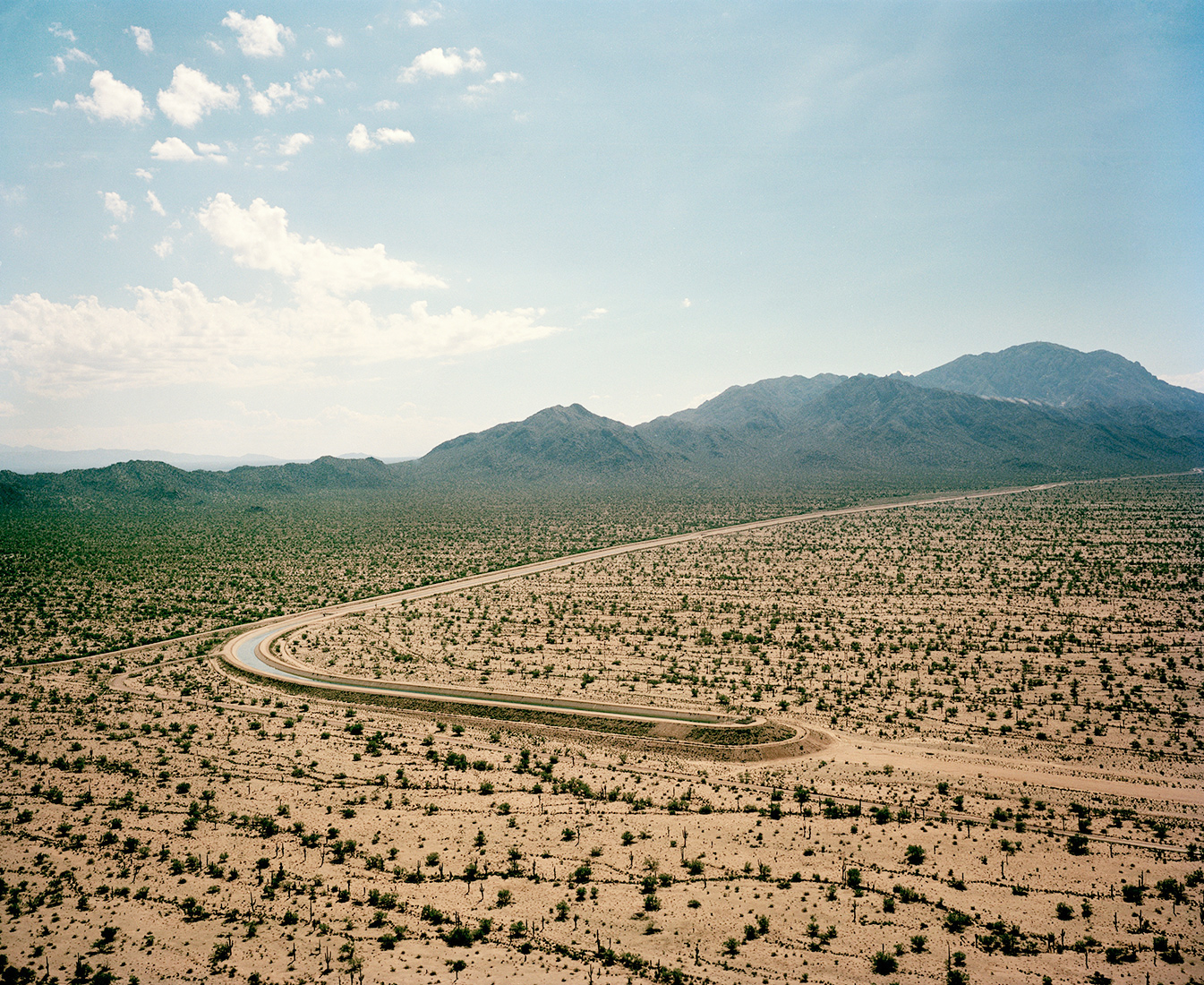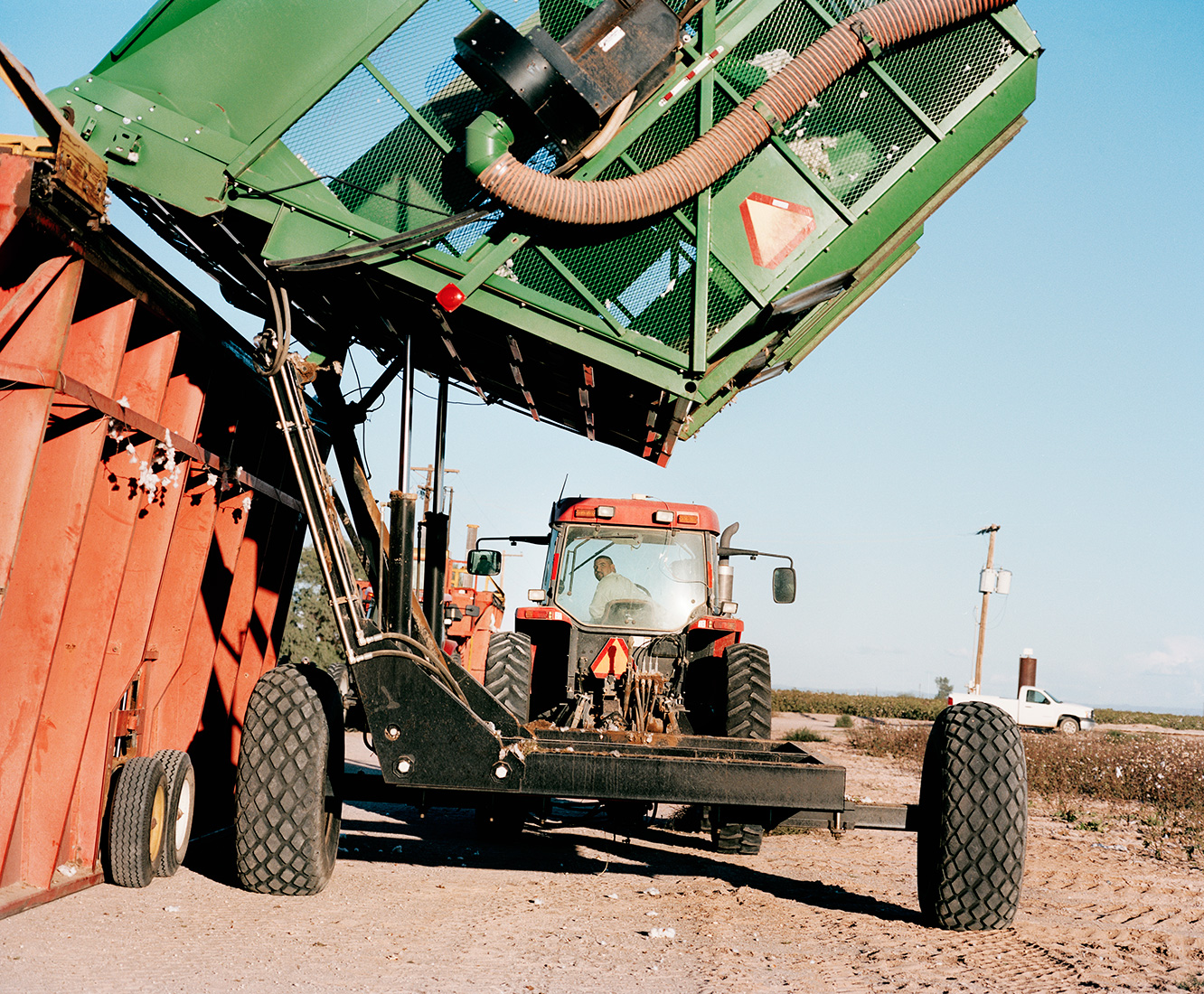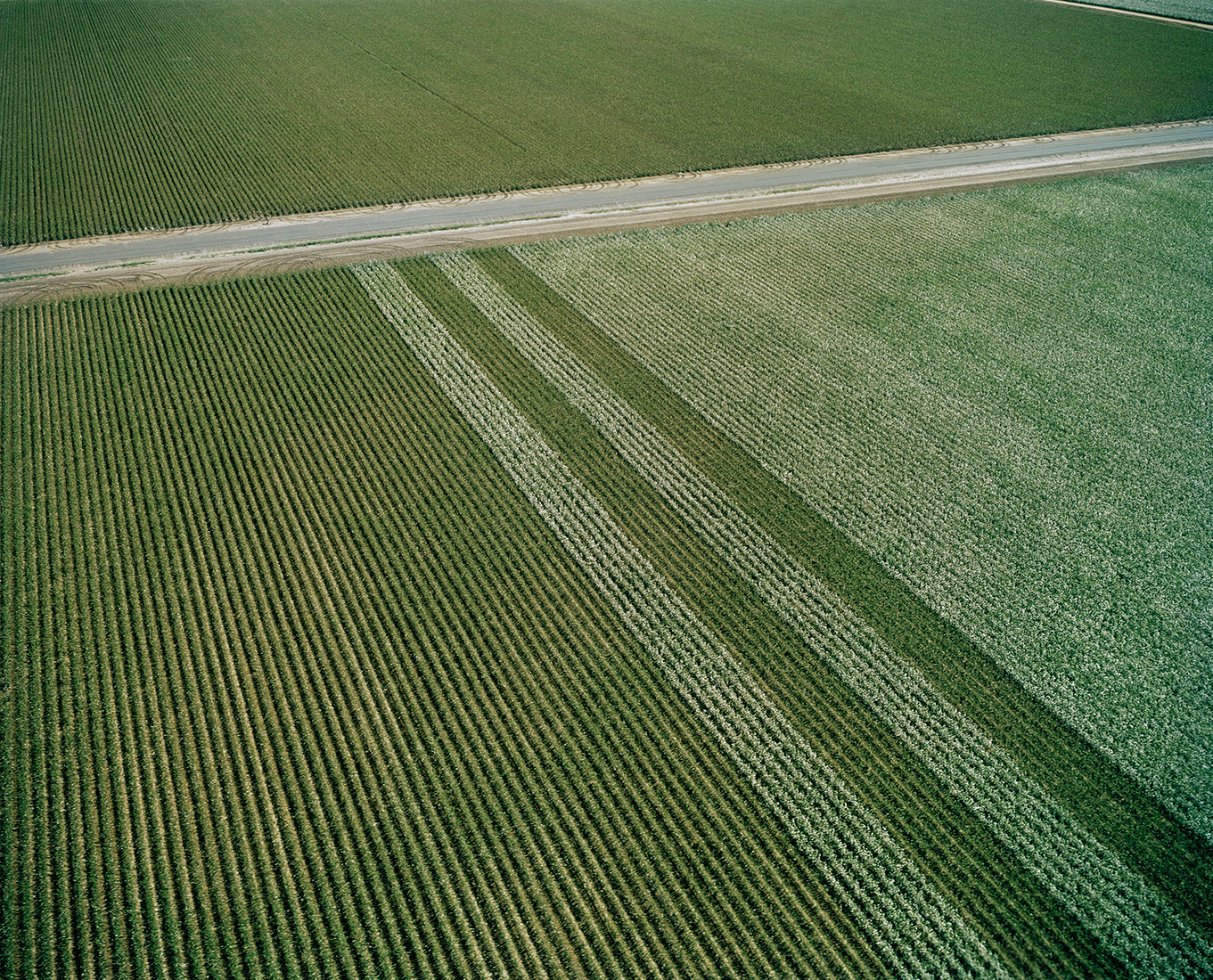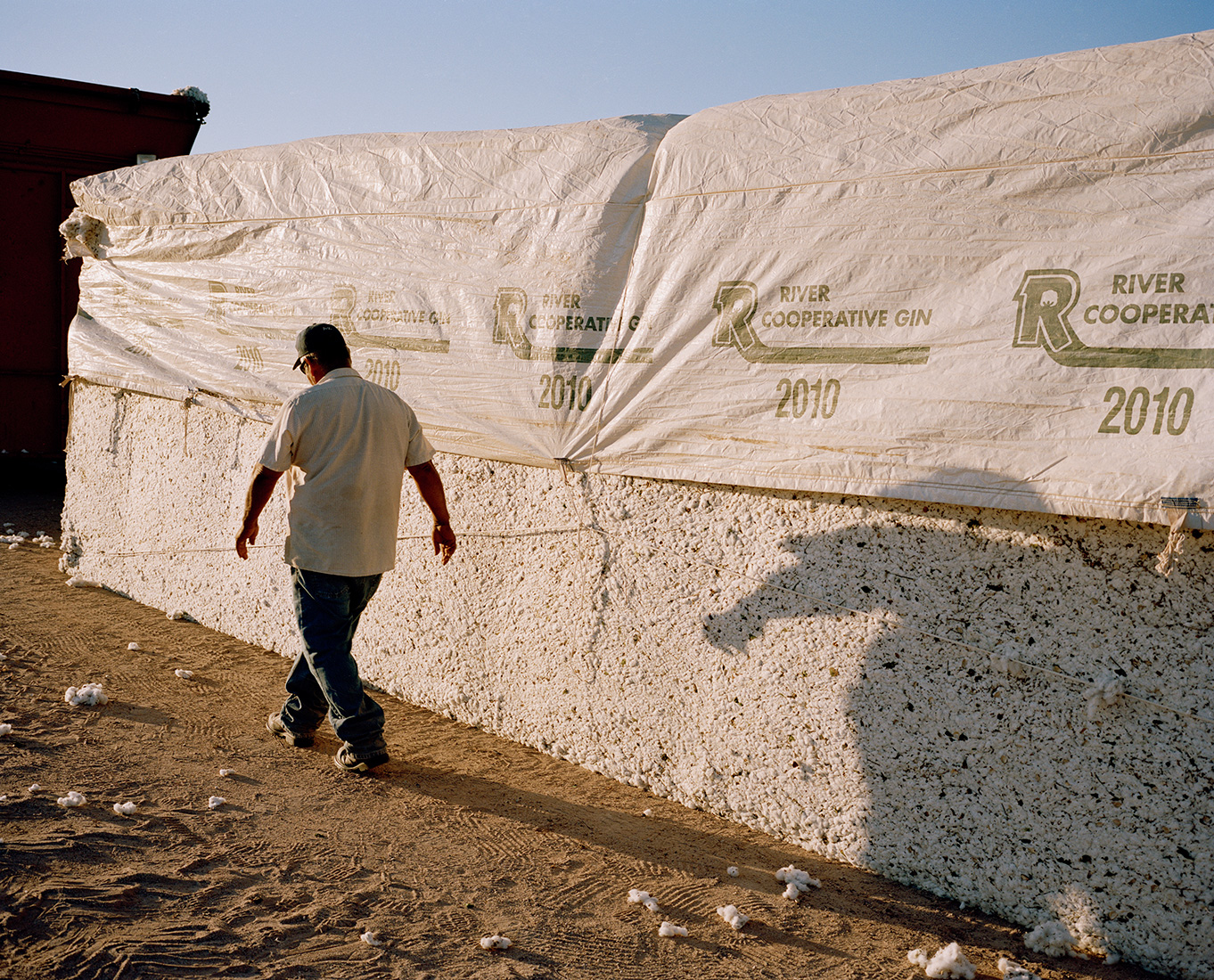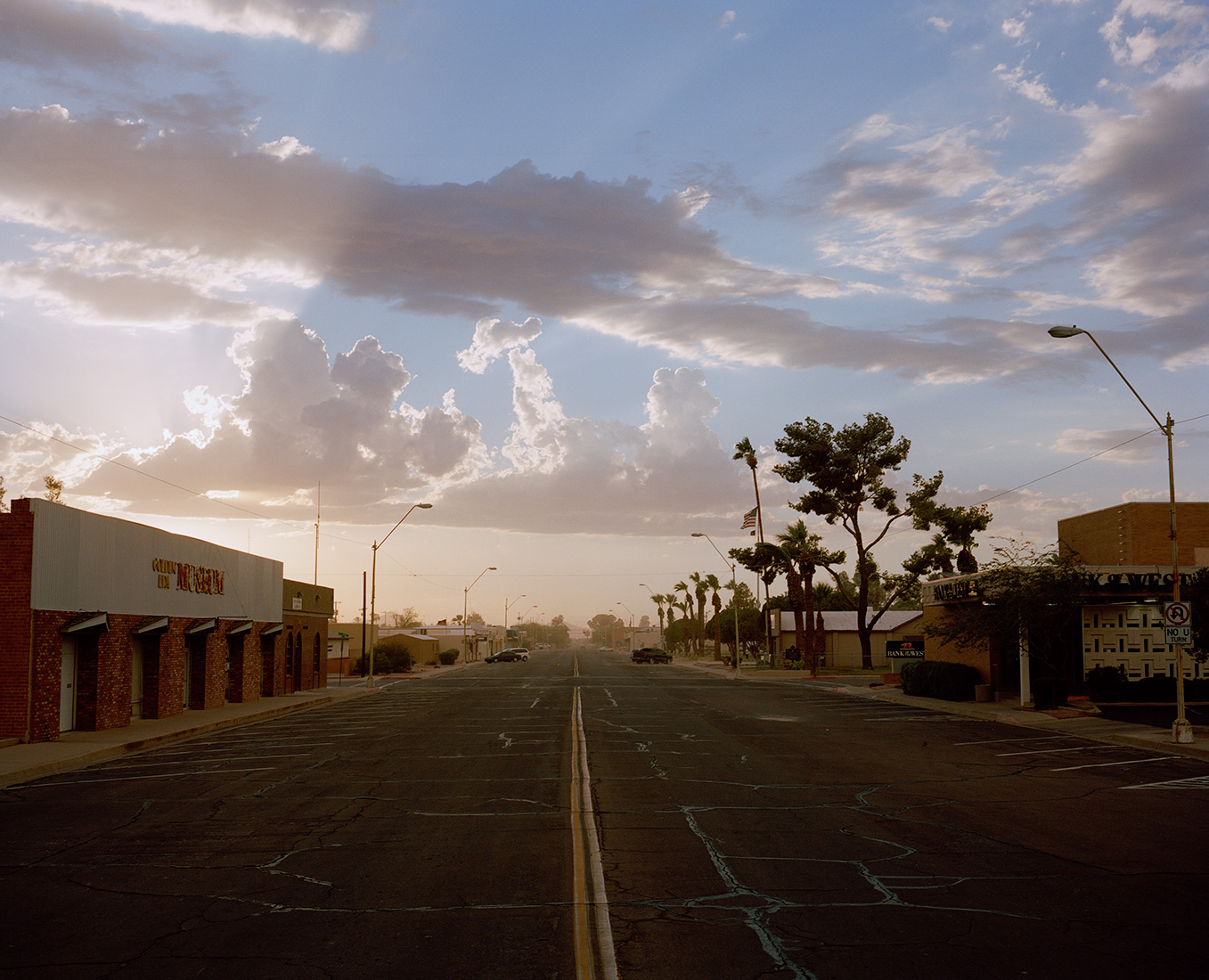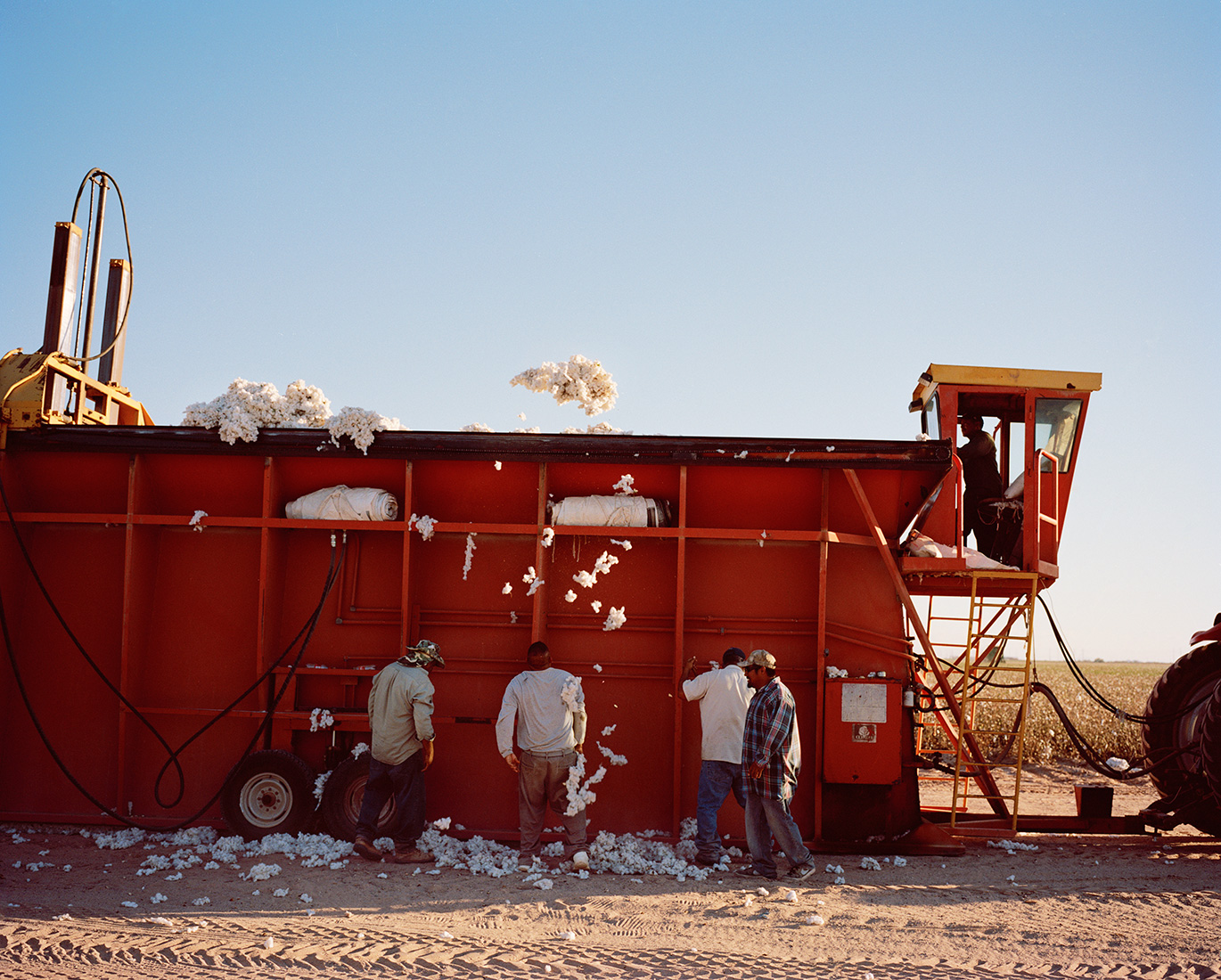Cotton Farming in the Arizona Desert (Medium/ProPublica) "Getting plants to grow in the Sonoran Desert is made possible by importing billions of gallons of water each year. Cotton is one of the thirstiest crops in existence, and each acre cultivated here demands six times as much water as lettuce, 60 percent more than wheat. That precious liquid is pulled from a nearby federal reservoir, siphoned from beleaguered underground aquifers and pumped in from the Colorado River hundreds of miles away.
The water shortages that have brought California, Arizona and other Western states to the edge of an environmental cliff have been attributed to a historic climate event — a dry spell that experts worry could be the worst in 1,000 years... [but] the scarcity of water is as much a man-made crisis as a natural one, the result of decades of missteps and misapprehensions by governments and businesses as they have faced surging demand driven by a booming population.
The federal subsidies that prop up cotton farming in Arizona are just one of myriad ways that policymakers have refused, or been slow to reshape laws to reflect the West’s changing circumstances. Provisions in early–20th-century water-use laws that not only permit but also compel farmers and others to use more water than they need are another.
When faced with a dwindling water supply, state and federal officials have again and again relied on human ingenuity to engineer a way out of making hard choices about using less water. But the engineering that made settling the West possible may have reached the bounds of its potential."
- Writer Abrahm Lustgarten on cotton farming in the desert
